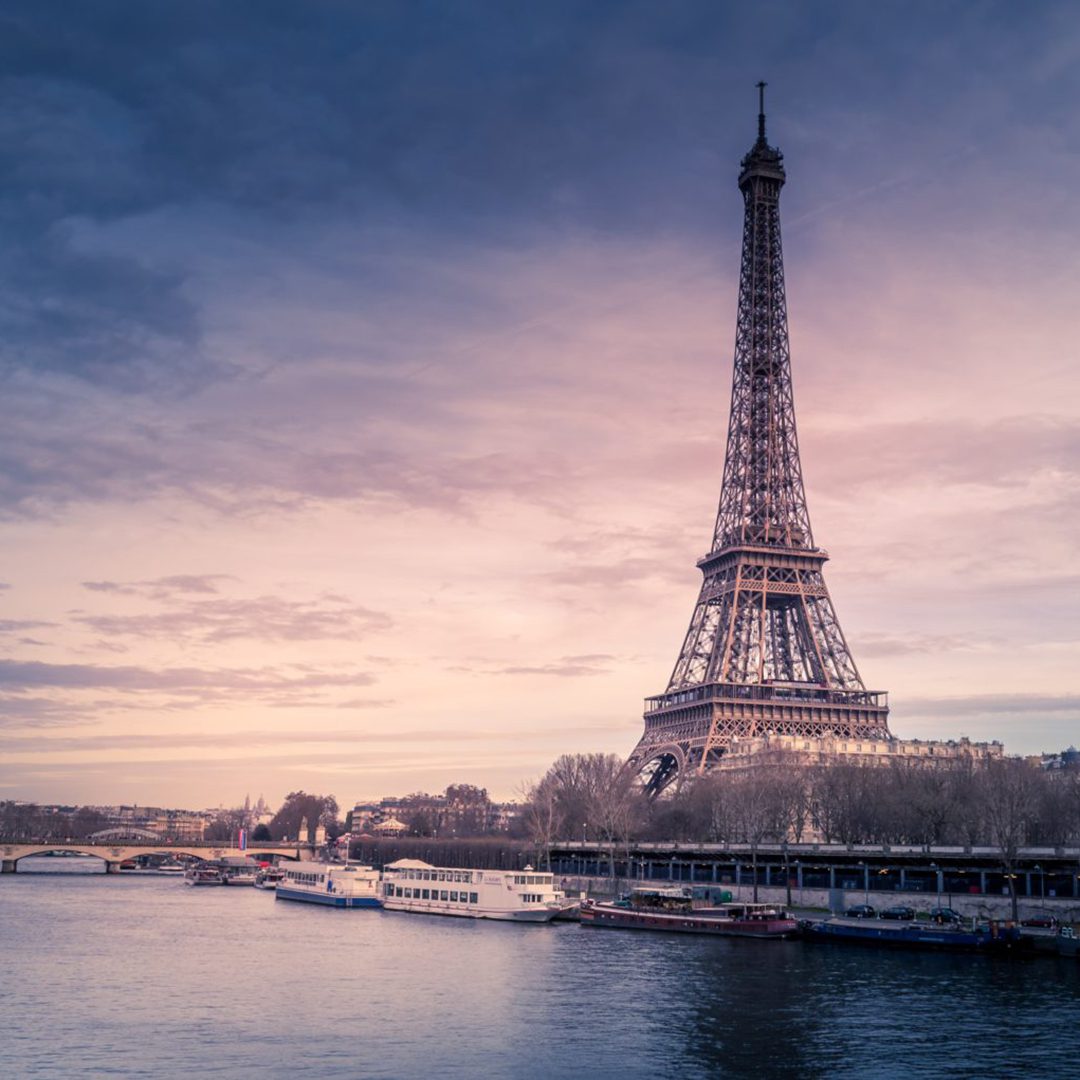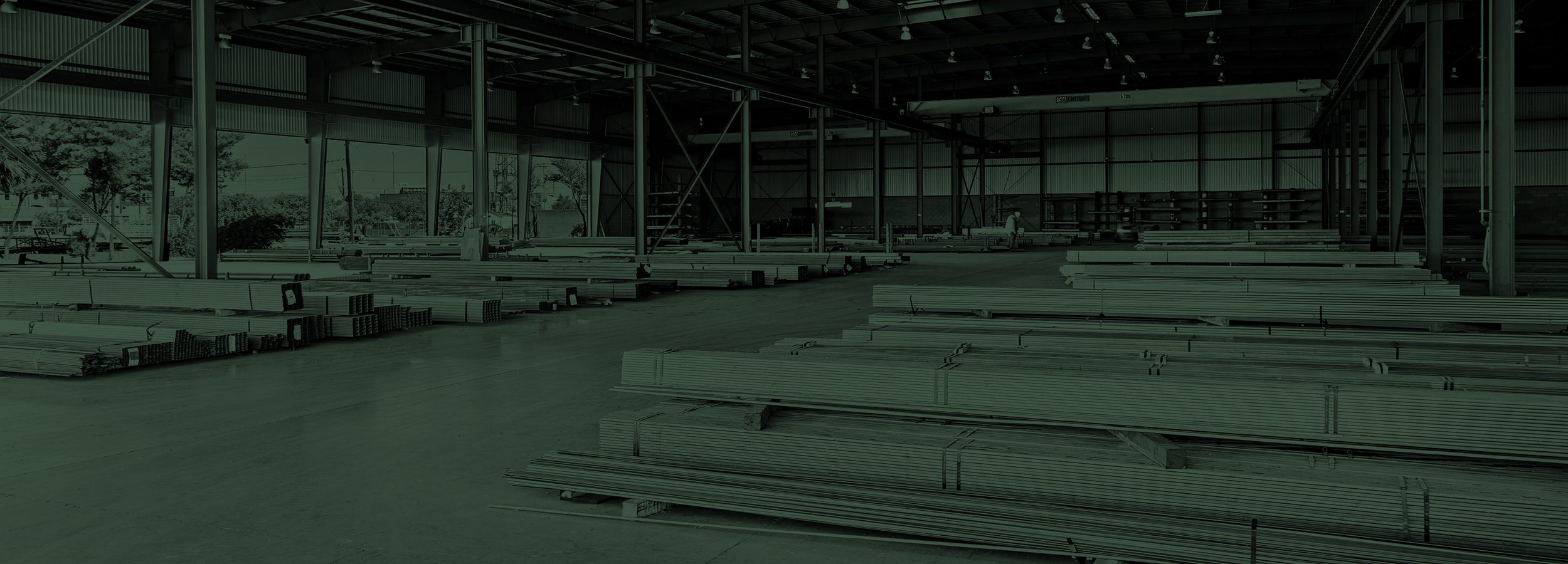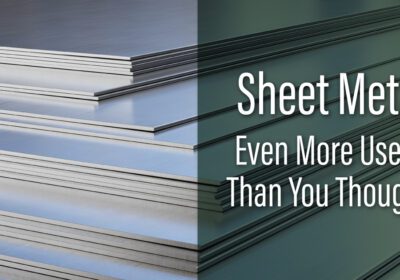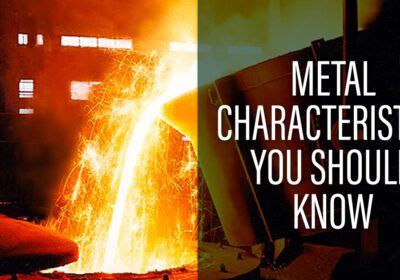How Was the Eiffel Tower Built?

One of the most iconic buildings in the world, the Eiffel Tower, is made entirely of iron. This architectural wonder set new precedents for structural design and building with iron. At Arizona Iron Supply in Phoenix, we are fascinated with the history of iron and its use in construction. How was iron used to build the Eiffel Tower, and how was iron crucial to building a structure so tall? Read on to learn more.
New Heights in Engineering
The Eiffel Tower stands over 1,000 feet high. Its iron frame marks a turning point in structural engineering. Because it is relatively lightweight and strong enough to support tall structures, iron was the ideal material for constructing Eiffel’s feat of engineering. A stone tower this high would collapse under its own weight – the Pyramid of Giza, for example, stands only 455 feet tall. The height of the Eiffel Tower is nearly double that of the Washington Monument, which was the tallest structure in the world until the Tower’s completion. No taller structures were built until the advent of skyscrapers and steel-reinforced concrete 40 years later.
7,000 Metric Tons of Puddled Iron
The Eiffel Tower is made of puddled iron, a type of refined cast iron that was the precursor to modern steel. Pig iron produced from ore in blast furnaces is then refined by “puddling” or heating in a furnace and stirring to oxidize. The puddling process removes excess carbon to create almost completely pure iron. Puddling was the first method that allowed for large scale production of wrought iron. Puddled iron could easily be rolled into plates, rods, and other components. Multiple small parts could be produced quickly and assembled quickly as well. Because of the streamlined assembly process, it only took a little over two years to build the Eiffel Tower. Construction began in January of 1887 and finished in March of 1889.
18,308 Metal Parts
Built to commemorate the 100th anniversary of the French Revolution, The Eiffel Tower was the centerpiece of the 1889 Exposition Universelle. Although the Eiffel Tower’s graceful curves appear artistic, their shape actually gives the tower its structural integrity. Eiffel designed the latticework and curvature of the uprights to provide maximum tensile strength and wind resistance. A marvel of precision, every piece of the Eiffel Tower was individually engineered. Components were calculated to an accuracy within one tenth of a millimeter. This high level of accuracy was just as critical during construction. Engineers positioned the metal girders to an accuracy of 1 millimeter using only “sand boxes” and hydraulic jacks.
2,500,000 Rivets
Building the Eiffel Tower took two and a half million rivets. To join the thousands components, Eiffel’s engineers utilized the advantages of thermal assembly. Heating the rivets as they were installed caused them to contract while they cooled to secure a tight fit. Fixing each thermal rivet required four workers – one to heat the rivet, one to hold it in place, one to shape the rivet head, and one to beat it with a sledgehammer. Eiffel also relied on the thermal properties of iron to allow for expansion and contraction of the entire structure in extremely hot or cold weather. The dimensions of the tower can increase or decrease by up to 15 cm, depending on the air temperature in Paris.
Contact Us
Arizona Iron Supply has been providing iron to fabricators of the Western United States since 1977. We are experts in all things iron and can answer any questions about iron fabrication. Our complete supply house offers high quality ornamental iron, castings, hardware, and steel. Call us at 1-800-528-9875 or visit our warehouses in Phoenix and Tucson to learn more.
Photo by @chriskaridis on Unsplash




